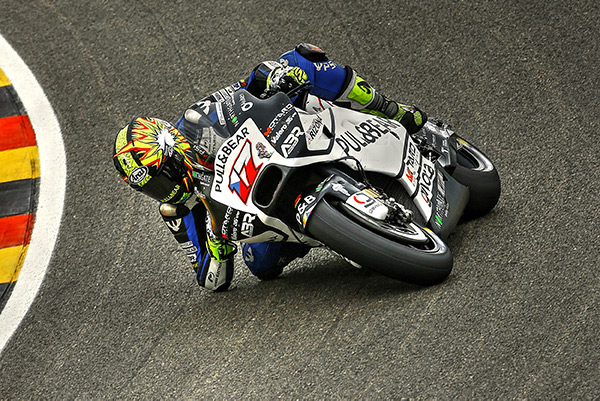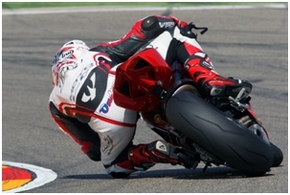The basic function of a protector is to absorb the shock in the exposed area, it means mostly in the joint area. The maximum values transmission of impact force for standard usage is defined by EN 1621 standard.
For the PSI protectors we evaluate, in addition, a resistance to penetration with a sharp object. It is a simulation of corner impact when the protection requirement is met best by a sandwich-designed protector. It means that the upper plastic shell will redistribute the local pressure to wider area and the inner lining of foam material will absorb a part of energy.

The protectors, as situated on the suit surface, contribute essentially to the protection. They are made of plastics, eventually together with an in-moulded metal impact area. In case of PSI we call these protectors TFS (Twin Ferit System Protection). These protectors are “in the first front“, when being impacted. Their deformation consumes a part of energy, and in addition because they have a lower friction coefficient than the leather, they reduce a stress of the affected area in the x-axis. These parameters are mainly appreciated for the shoulders where the reduction of the friction force has an essential impact on the severity of injury (accident severity).
Nowadays, everybody who races on the circuit uses sliders, also called as knee-gliders. In principle, two types are used, respectively for dryness and wetness. The difference is only in the height in order that the pilot is able to control the motorcycle with his knee, same as when it were dry during his small banking. Elbow-sliders start being the latest trend these days.
Cover photo: Ondřej Ježek in the bank.
Picture in the text: Karel Abraham – in a contact with a driveway there is not only a knee but even an elbow.





